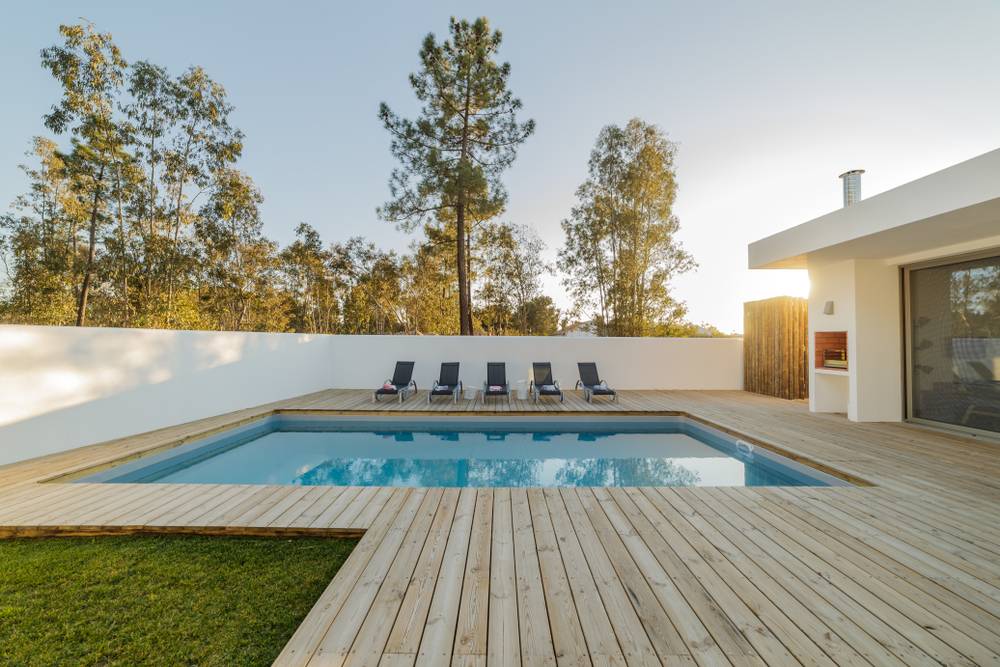- Mar 1, 2013
- 109
- Pool Size
- 15000
- Chlorine
- Salt Water Generator
- SWG Type
- Jandy Aquapure 1400
Curious, TFP pool app is suggesting my CSI is setting conditions for corrosion to begin with a CSI at -0.6 is that correct? My PH is about 7.6 and my TA is about 65. CH is a little low at 250. I understand PH can help adjust CSI but I generally don’t go much higher. Thoughts or am I okay?
Lastly, FC has been around 8.0 this winter while using the tri chlor floating pucks. I have those floating around until my SWG can fire up again. Should I be worried it’s too high?
Lastly, lastly, thoughts on algaecides? I don’t seemingly have any issues and I always keep my FC on point but curious if I should introduce them. I get worried adding anything additional with kids and thr dog always in the pool during the warmer months.
Gunite/plaster pool/pebble sheen/salt (not currently active, too cold)
Lastly, FC has been around 8.0 this winter while using the tri chlor floating pucks. I have those floating around until my SWG can fire up again. Should I be worried it’s too high?
Lastly, lastly, thoughts on algaecides? I don’t seemingly have any issues and I always keep my FC on point but curious if I should introduce them. I get worried adding anything additional with kids and thr dog always in the pool during the warmer months.
Gunite/plaster pool/pebble sheen/salt (not currently active, too cold)


